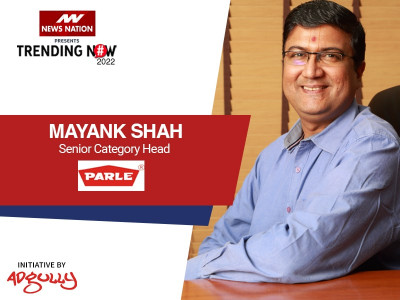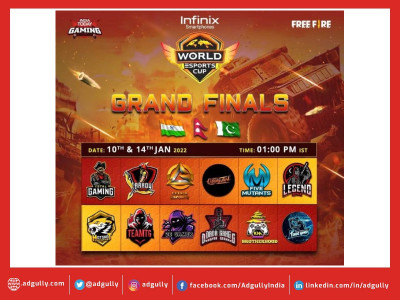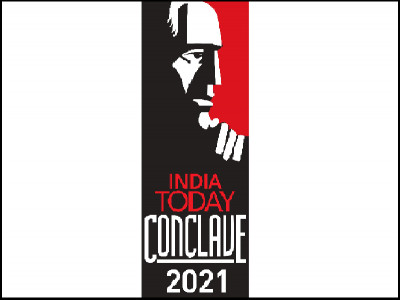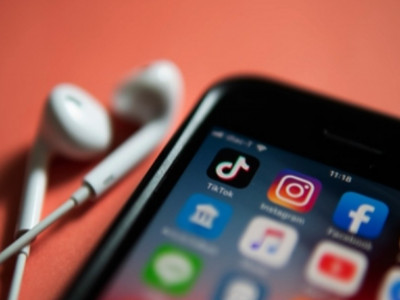Despite small budgets, marketing trends have changed since the pandemic
Authored by Mr.Sankalp Kelshikar, Co-founder & CMO at Cityflo
What customers want
Humans make decisions based on certain fundamental motives—to make more money, to get more pleasure, to reduce pain, to build a better life for their loved ones, to gain stature in society etc. That’s why we work that much harder for a promotion, and religiously wear seat belts in cars. On occasion we are willing to pay an exorbitant sum for a designer outfit. We even change homes to move closer to a school that’s better for our children. These core motives are deep seated in our brains; some are primal while others are formed by observing societal dynamics, picking up social cues. It is futile to try to change this fundamental human behaviour.
The pandemic
The pandemic has changed the landscape of business. Some businesses thrived as their customers moved to making digital transactions. Some others came to a grinding halt since their business operations relied on people stepping out of their homes. As businesses navigated such curveballs, marketing teams have had to, in many cases, adapt to tighter budgets, fine tune their brand tonality and review their channel strategy. While these considerations have evolved, marketers would do well to bear in mind that customer motivations haven’t changed much at their core. The game is still about recognising them and continuing to earn customer trust.
The fundamentals haven’t changed
For companies with small budgets, this reduces the room to experiment, and calls for focussing on proven cost-effective strategies, even if it means growing slower than usual.
Sticking to the basics—investing in, and providing great customer experience consistently—is still the cheapest, most effective way to continue acquiring customers. A product or service that creates such brand love that people can’t stop talking about makes for a great business to be in. Companies will do well to amplify positive sentiment about their brands by facilitating those conversations on digital channels, preferably where potential customers can see and feel the brand love.
Secondly, building an engaged audience in the form of social media followers or mailing lists offers a huge leverage. Why spend millions on digital ads when you can get reach and engagement worth millions of dollars with a single tweet? Moreover, an engaged audience is a compounding asset that gets more valuable each day. Elon Musk, for instance, has built a massive audience over time thanks to his irreverent personality, which is sure to directly help product sales.
Thirdly, in a world where the consumer’s time is being fought over by countless marketing teams, the ability to command attention is a superpower. Bland campaigns that don’t evoke any emotion in the first few seconds (and any action thereafter) are wasteful. To be efficient with marketing dollars, campaigns often need to be different and creative, so they stand out—not an easy thing to do consistently. While technology is helping push those boundaries through immersive experiences and hyper-personalisation, some brands have the unique advantage of being able to achieve this a little more simply. A beautiful, sleek bus, or a distinctively designed delivery van looks rather striking against the gloomy city traffic; and might be far more effective in turning heads than an ad campaign—at no additional cost at that.
These fundamentals are incredibly simple and that’s probably the only remarkable thing about them. They’ve outlasted most events in the history of time, and have only become stronger in the wake of the pandemic.
DISCLAIMER: The views expressed are solely of the author and Adgully.com does not necessarily subscribe to it.


















Share
Facebook
YouTube
Tweet
Twitter
LinkedIn